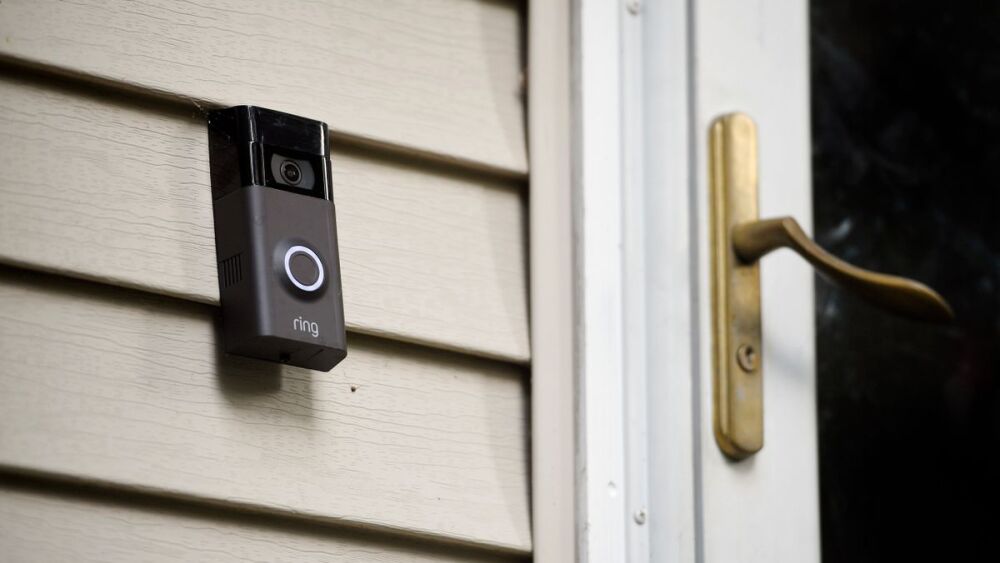By Jason Friedberg and Erick Ceresato
Internet-connected devices have transformed almost every aspect of the modern world, and law enforcement is no exception.
While the digitization of our world has created new challenges for law enforcement, it has also made it easier to develop a collaborative approach to police work. Police can digitize and share evidence not only with other law enforcement agencies but also with citizens and community organizations to keep our streets safe.
Take camera registry programs, for example. These programs provide a structured way for law enforcement to work with small businesses and individual citizens to gather evidence related to local crimes and police incidents.
[Read: How to use video surveillance camera systems to monitor crime hot spots]
The power of a community camera registry program
For many years, cities have expanded their own video surveillance networks. However, budget limitations can make further expansion impractical. Growing, maintaining, and replacing these systems is expensive, and managing the evidence collected can be time-consuming and challenging too.
Meanwhile, businesses and citizens have been installing their own security cameras to monitor and protect their property. A camera registry program allows police to leverage these resources without taking on the costs of purchasing and maintaining these devices.
Because participation in a camera registry program is voluntary, police can give camera owners the choice to provide access on terms they are comfortable with. If there is an ongoing concern about safety in a particular area, camera owners may wish to give live access to online camera feeds. In other cases, the agreement could be to permit access to video evidence by request, on an as-needed basis.
5 steps to a successful community camera registry program
- The first step is to ensure all key stakeholders are on board, including your municipality, local business organizations and relevant citizen groups.
- Involve these stakeholders in the process of writing policy to govern how the program works. It is, after all, a community program.
- Identify areas of the community where the program will be promoted.
- Invest in marketing and communications resources to reach out to potential participants and describe the benefits of participation. You may also want to use this as an opportunity to communicate the rights and responsibilities of small businesses and homeowners regarding their video surveillance systems, including ensuring their system is properly secured.
- Partner with municipal officials and police departments to help get the word out about the program.
Pair a community camera registry program with a digital evidence management system
There will never be a substitute for the good ol’ “sneakernet” style of face-to-face policework for bagging and tagging evidence at a crime scene. But when it comes to collecting video evidence, the sneakernet is no match for a cloud-based digital evidence management system (DEMS).
Instead of driving down to the scene with a jump drive, manually transferring the file and uploading it to a computer back at the station, investigators can securely request recordings via e-mail. Officers can send the request for data and receive digitally authenticated copies that can be easily shared with partner agencies or attorneys who are working on the case.
[Download: How to buy evidence management products eBook]
DEMS are also useful for managing citizen-submitted evidence and tip lines. Police departments can set up a landing page to capture evidence like cell phone photos or videos, text messages, and phone messages. The evidence can then be analyzed and tagged with the help of digital tools and shared with other collaborating agencies – freeing officers to spend more time solving cases. DEMS can also connect to internal systems, such as bodycam footage, crime scene photos, or recordings from interview rooms so that all relevant evidence is captured in one place.
How to address concerns about trust, transparency, and privacy
A DEMS is a powerful tool to protect transparency, accountability and privacy while ensuring compliance with relevant rules and regulations. Rather than managing a community camera registry via a spreadsheet or internally built database of local cameras, using a digital evidence management system can help officers ensure sensitive data is encrypted, and that evidence is archived or discarded after a specified time period as required by law.
A video on a jump drive or burned to a DVD can be viewed by anyone. With a DEMS, authorities can limit access only to those who are authorized to view it. If the video needs to be shared outside the department, with the media, for example, the DEMS has redaction tools to mask the identity of third parties who are visible on camera but are not involved in the case.
Conclusion
A community camera registry program is a powerful policing tool, but it isn’t the software that makes it successful. That rests with the power of your community outreach.
Your DEMS provider may offer some brochures or promotional tools that could be adapted to explain the details of how the system works, as well as important privacy and security features.
Next: The massive growth of video evidence: What police administrators need to know
About the authors
Jason D. Friedberg is the Commercial Lead – Cities & Public Sector for Genetec. With over 25 years of law enforcement, security and technology experience, Jason Friedberg is an established expert in the realm of public safety and security, serving as a police chief, sheriff’s deputy, search and rescue leader and emergency manager. After retiring from law enforcement, Mr. Friedberg spent the past eight years working in the technology field as a founding member of a several personal security and law enforcement start-ups.
Erick Ceresato is the Product Group Senior Manager for Genetec Clearance. Erick has worked at Genetec since 2012 and oversees the vision and product strategy for Genetec Clearance™. Working in close collaboration with customers, Erick is responsible for identifying new technology trends that can help customers overcome their obstacles and turn new ideas into product roadmaps.


